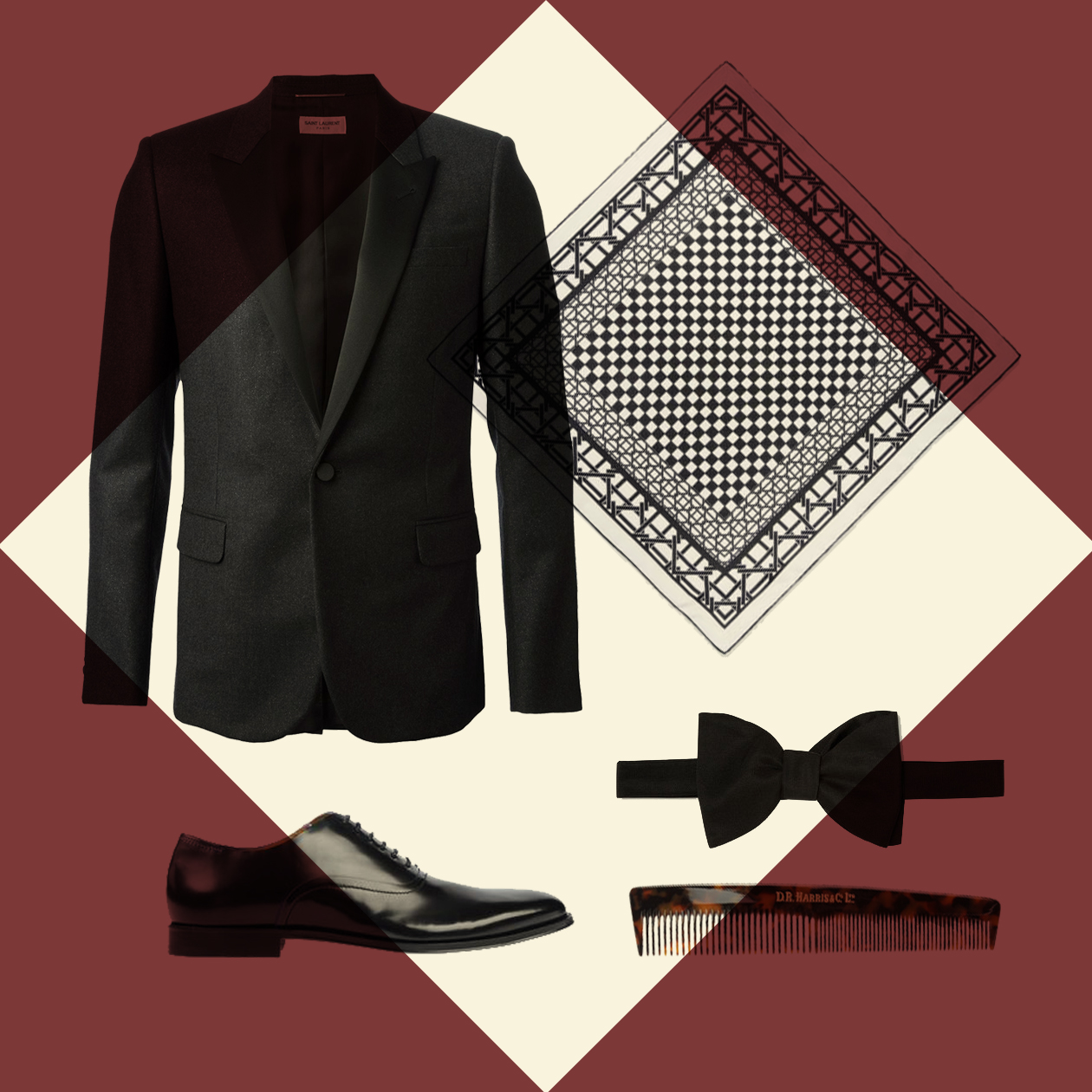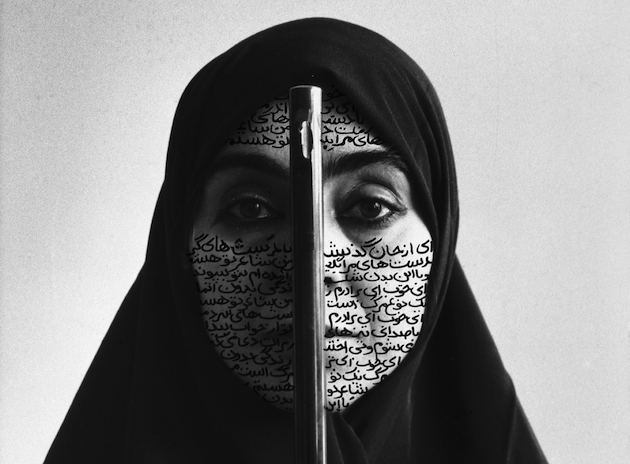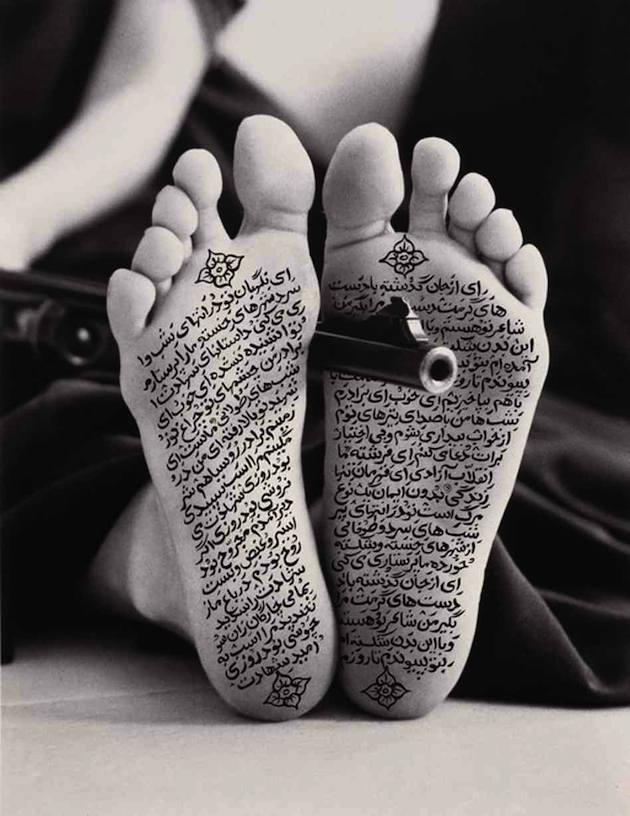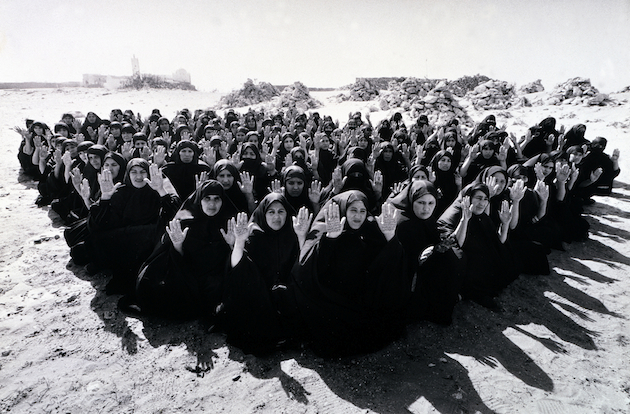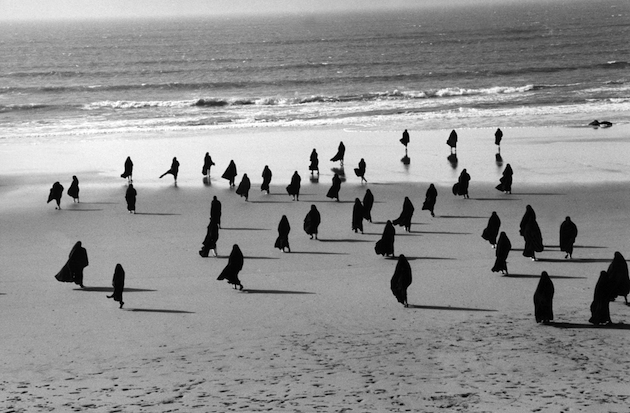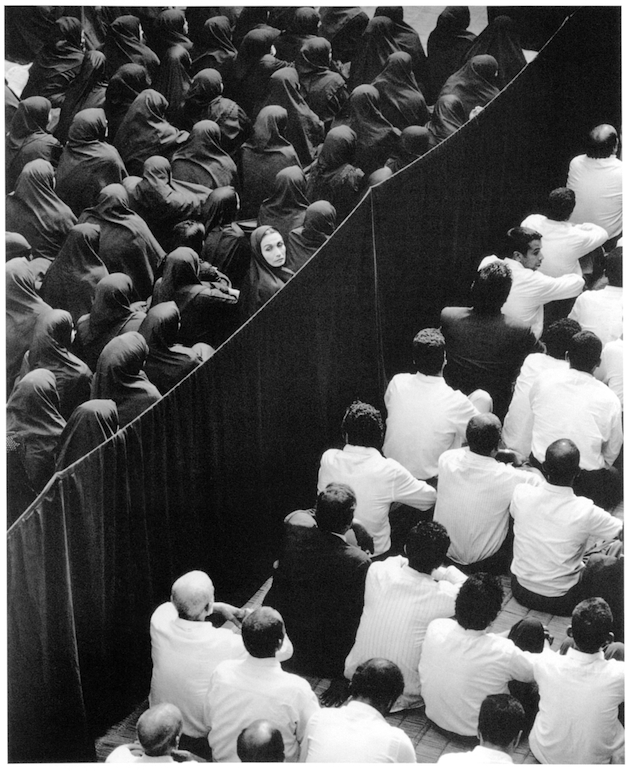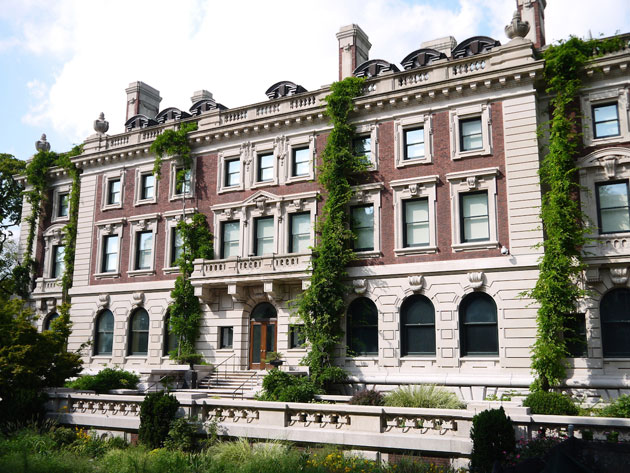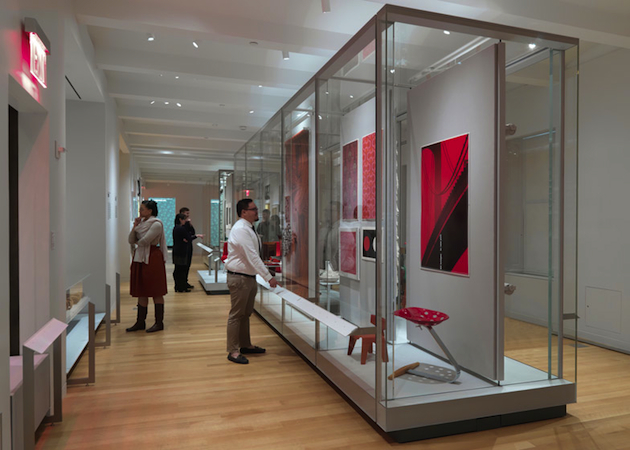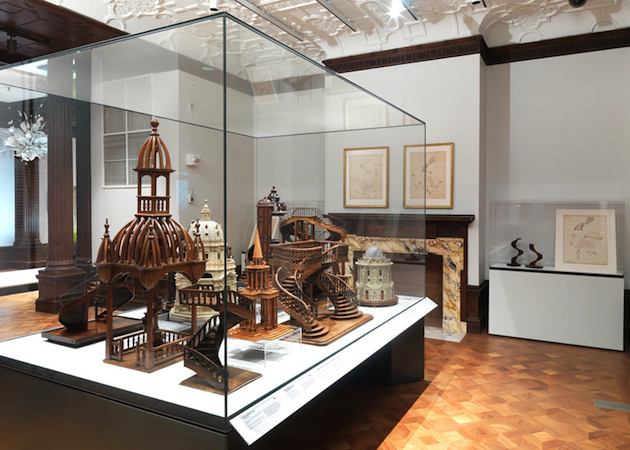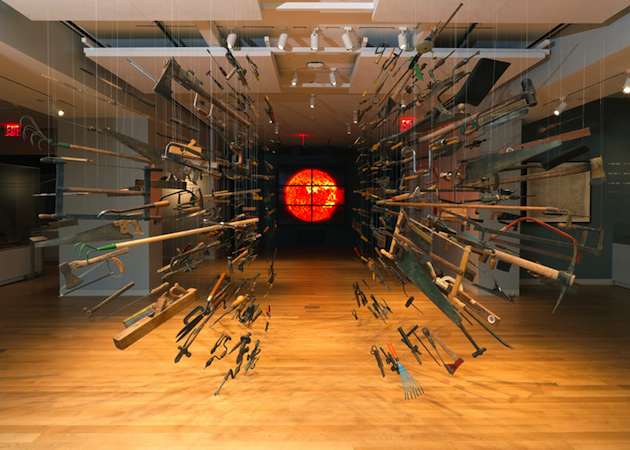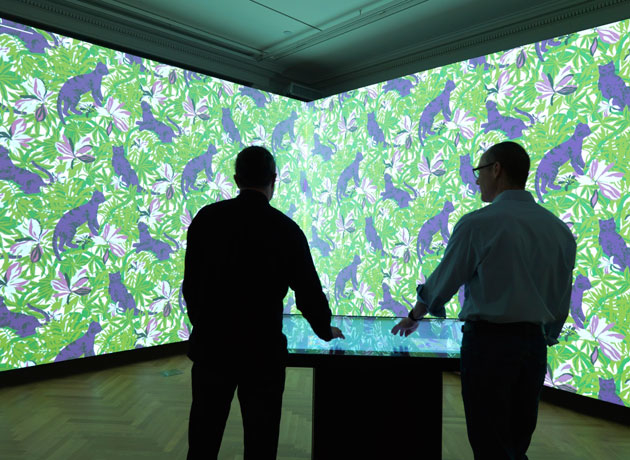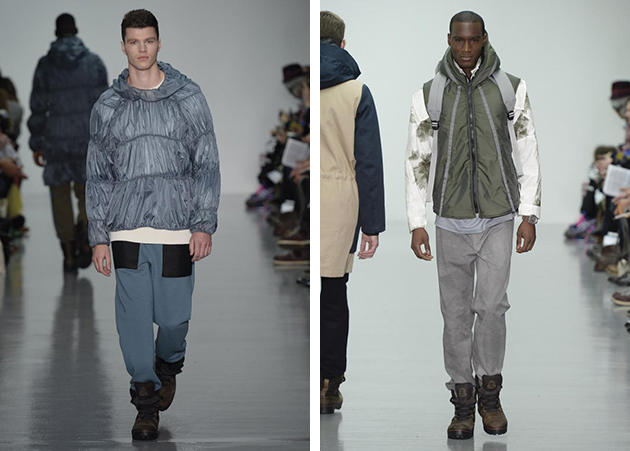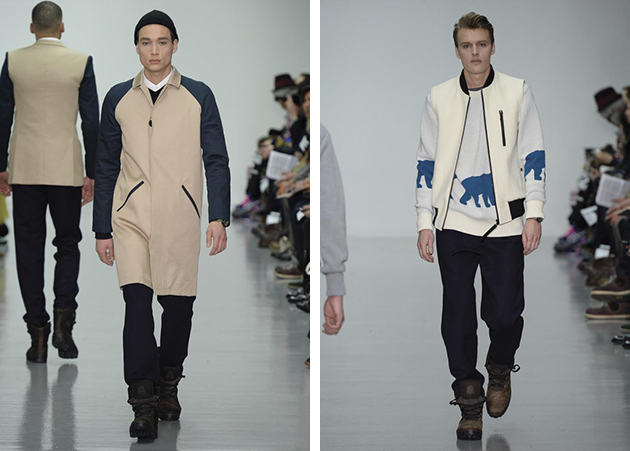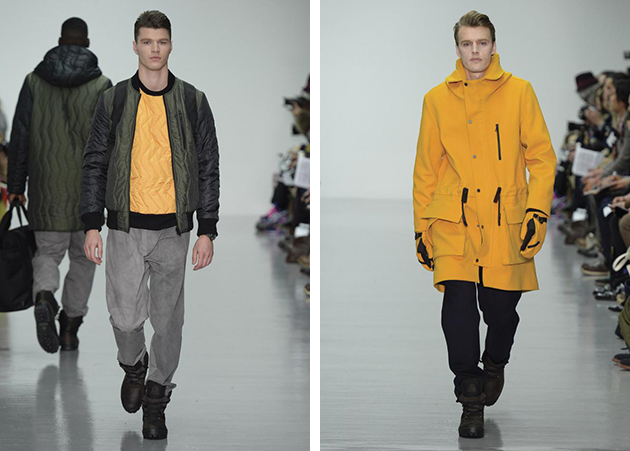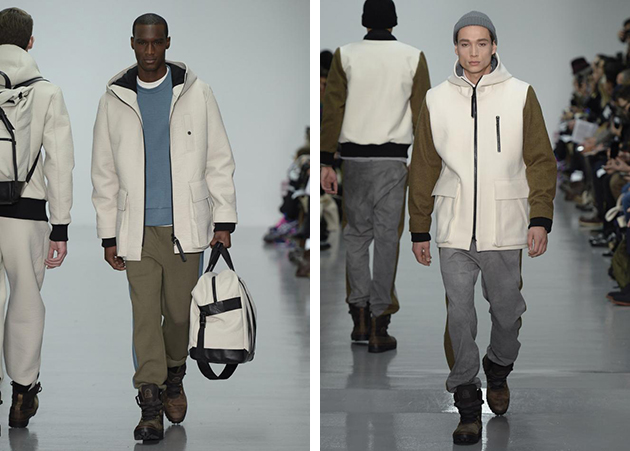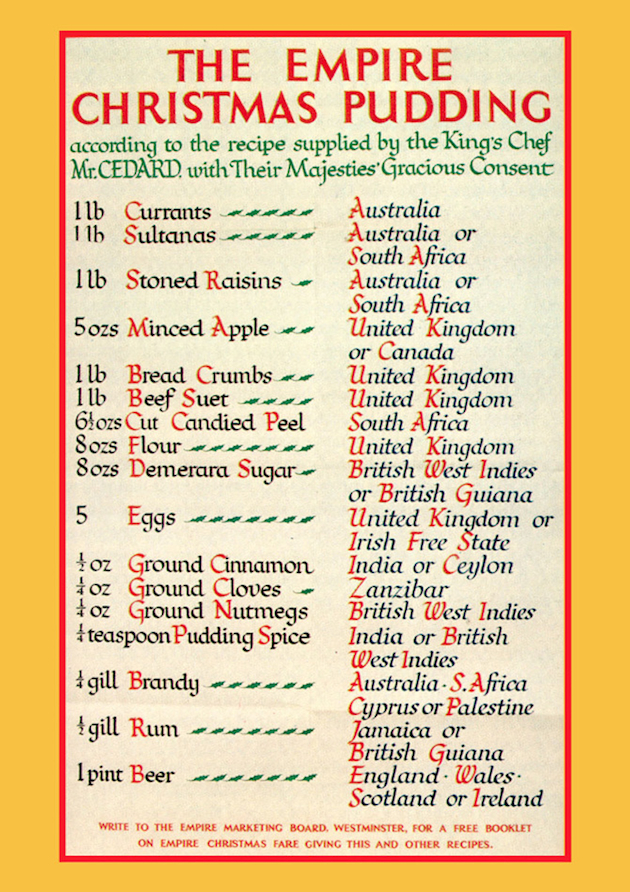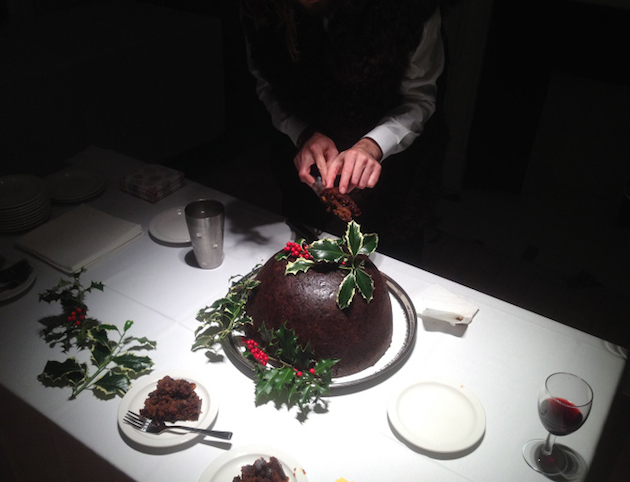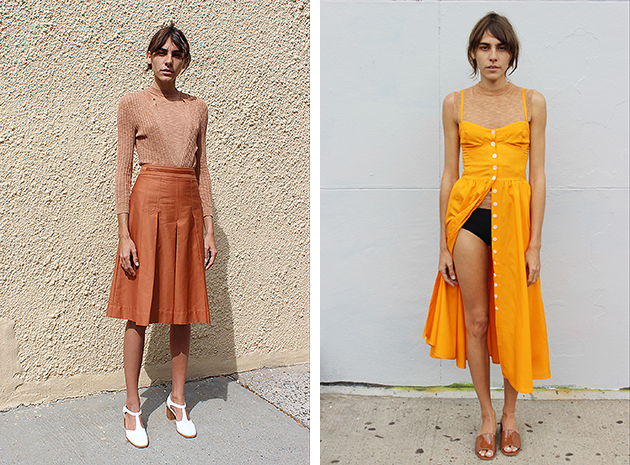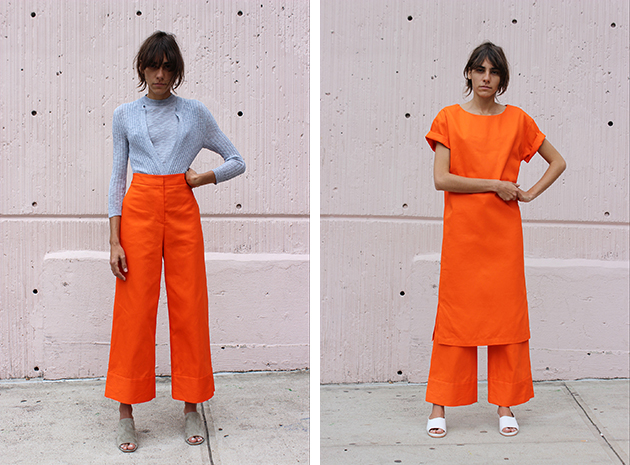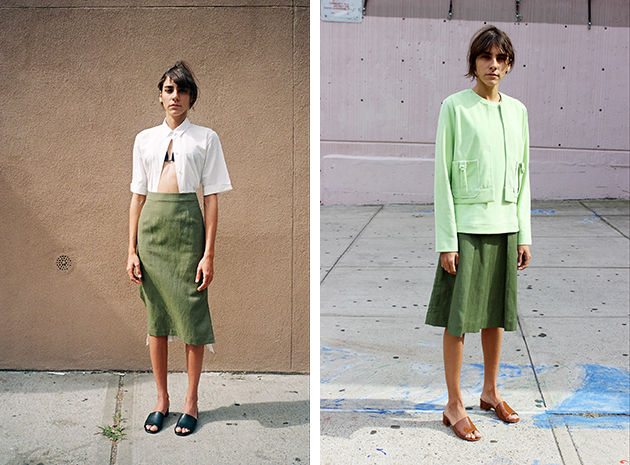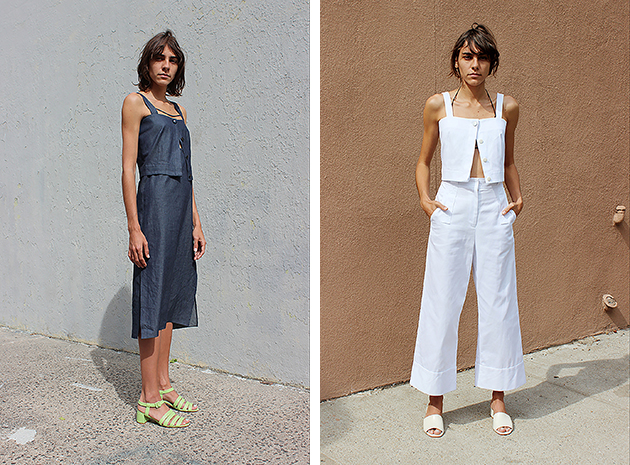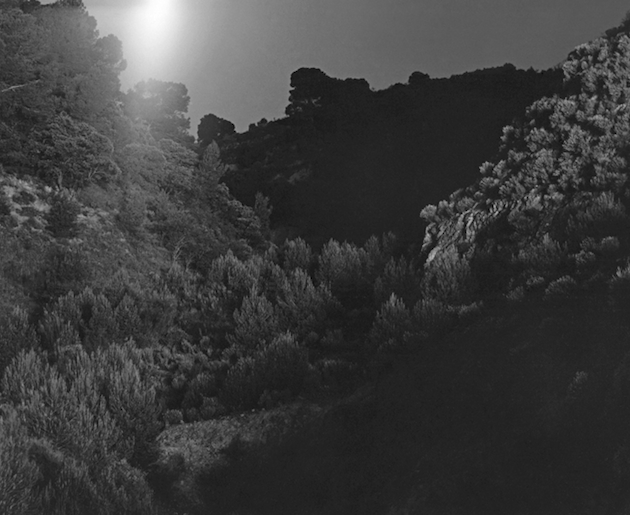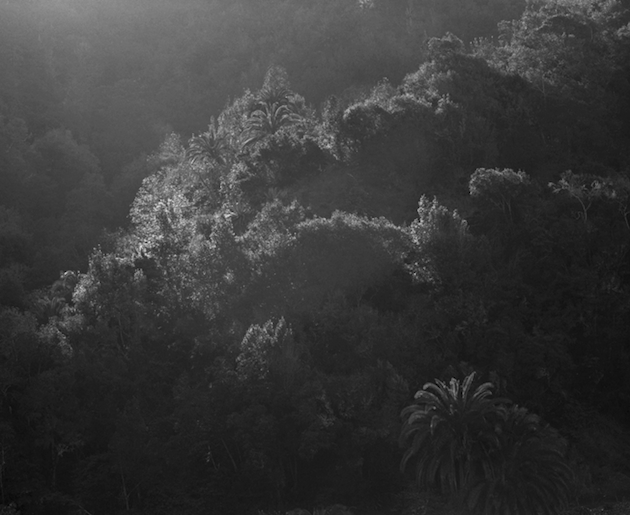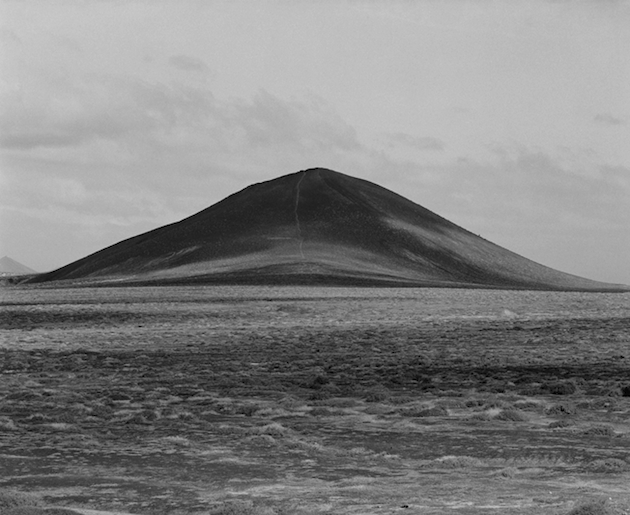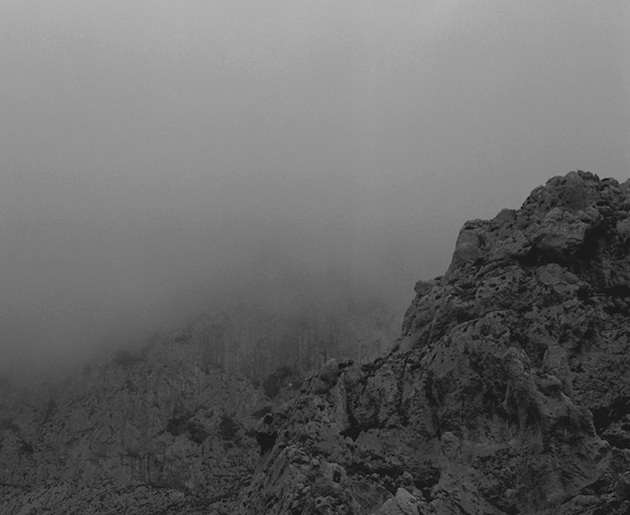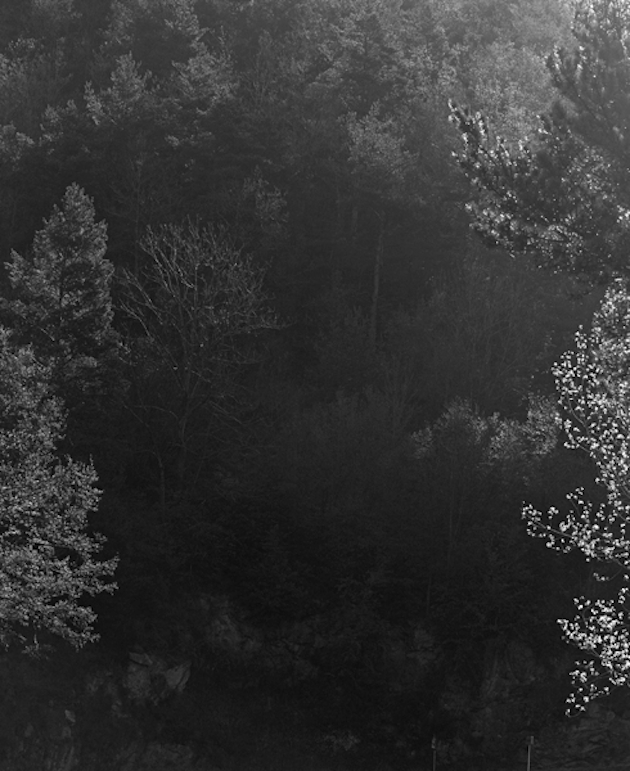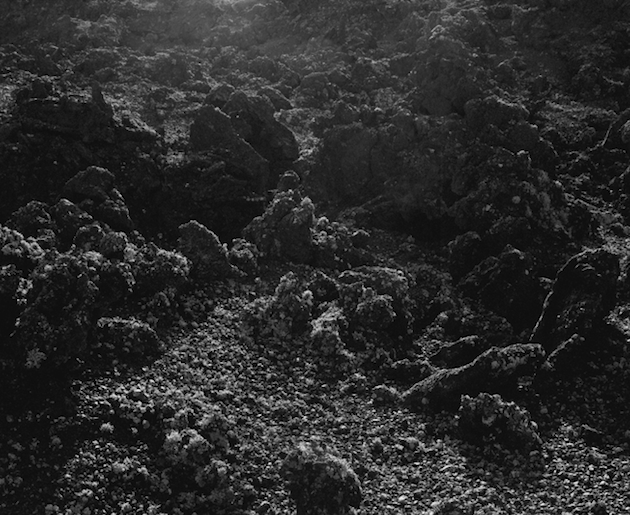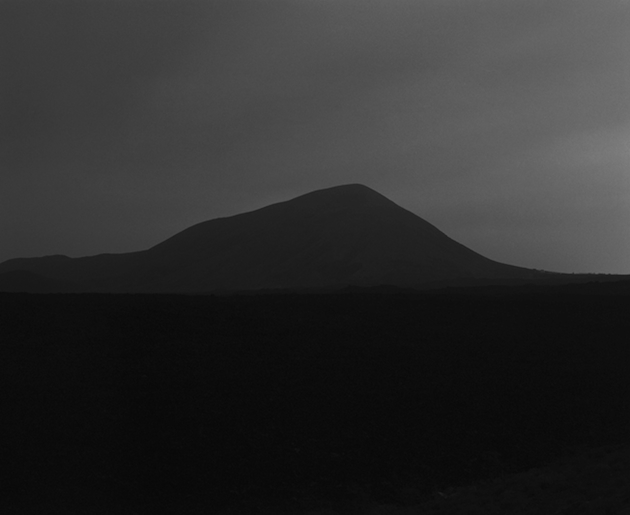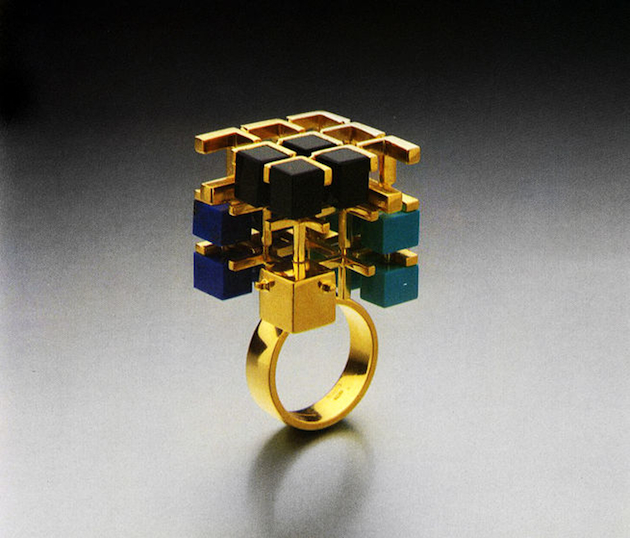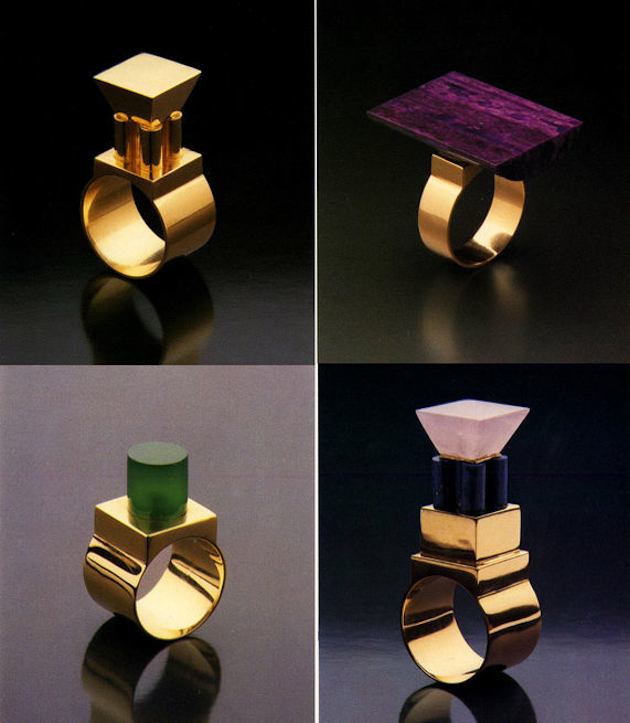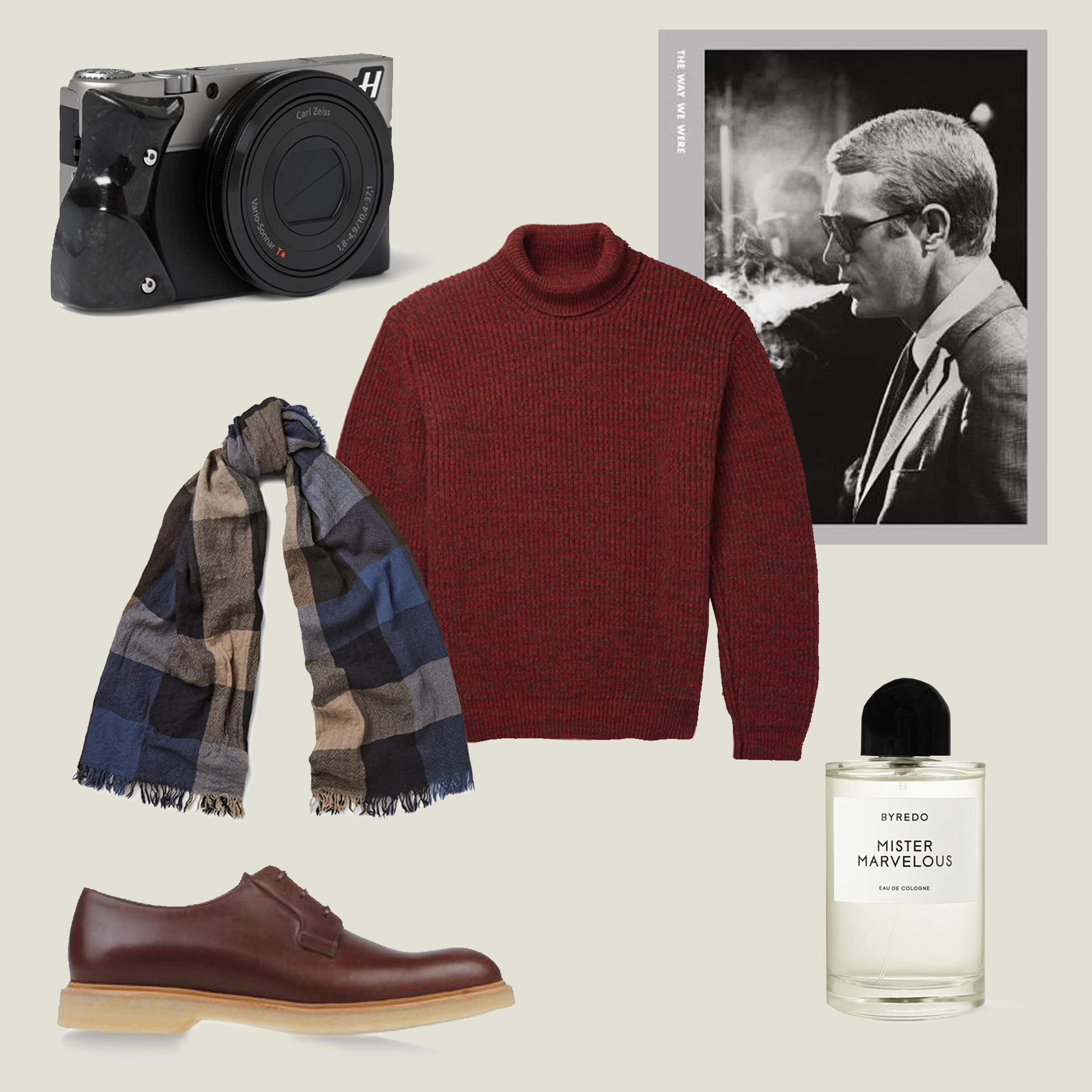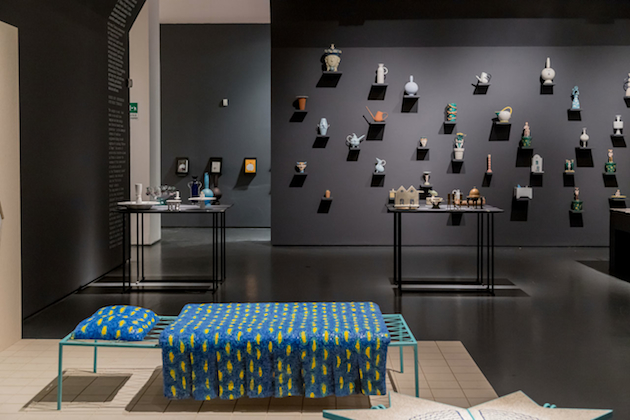
In an attempt to embrace a more inclusive, unconventional and non-aligned view of design practice, Triennale Design Museum sets up a comprehensive monographic exhibition of Ugo La Pietra’s work. “Ugo La Pietra. Disequilibrating design”, curated by Angela Rui, is the first in series of exhibition which hope for bringing commonly disregarded design narrative back to the centre of Italian design discourse. The exhibition of La Pietra’s work, thus, takes on an eclectic approach in examining his body of work, highlighting La Pietra’s critical approach to the real world. Trained as an architect, yet ultimately more an artists, filmmaker, editor, musician and cartoonist, Ugo La Pietra has sounded out, analysed, criticised, loved and redesigned reality with rare insight, revealing the contradictions inherent in culture and society. His entire activity, which is so varied and complex as to be difficult to pin down in theoretical terms of criticism and discipline, should be seen as a long militancy in anti-design.
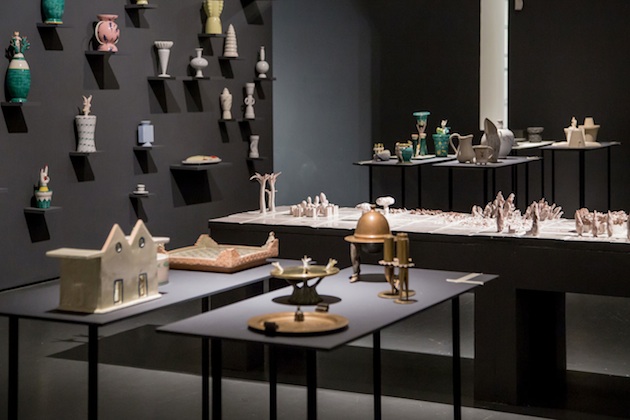
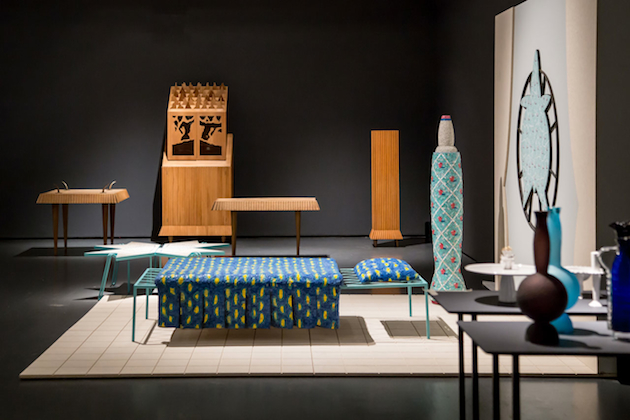
La Pietra makes everyday life and conduct his field of action and debate, using himself, his body, his friends, his house, his town and his country – always with a touch of irony and sarcasm – to tell of the relationship between individual and environment. Here “environment” is never considered in strictly urban or environmental terms, but rather as the phenomenology of reality, expanding the significance not only of the design context but also of all the emotional, anthropological and existential baggage it brings into our lives. With more than 1.000 objects, the exhibition display follows a journey that starts out from the conceptual origins of his ideas to tell a story – through research and experimentation, objects and settings – which extends from the individual towards observation and re-appropriation, and to the design of space and reality, creating a cosmology of design which emerges from a global vision of Ugo La Pietra’s work.
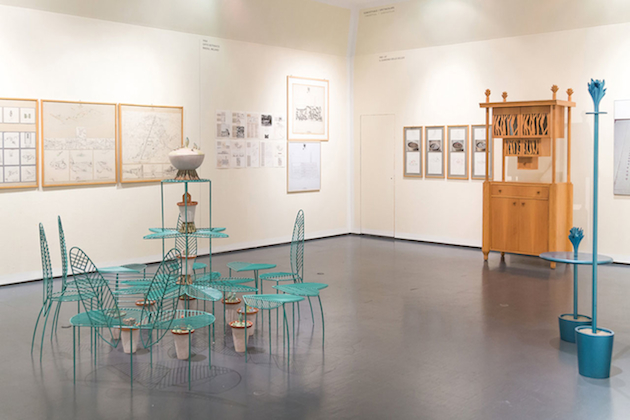
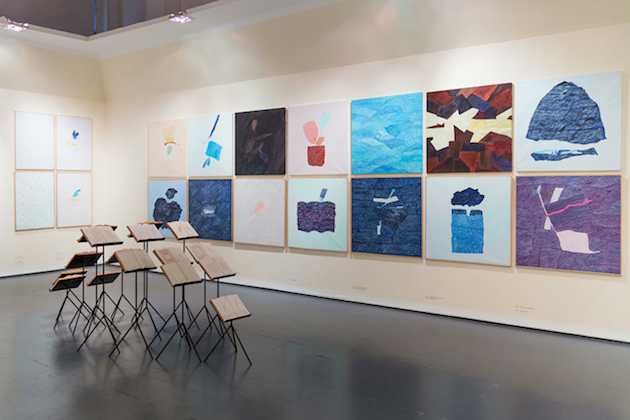
“Ugo La Pietra. Disequilibrating design” runs until February 15th 2015 at Triennale Design Museum in Milan.
Rujana Rebernjak
